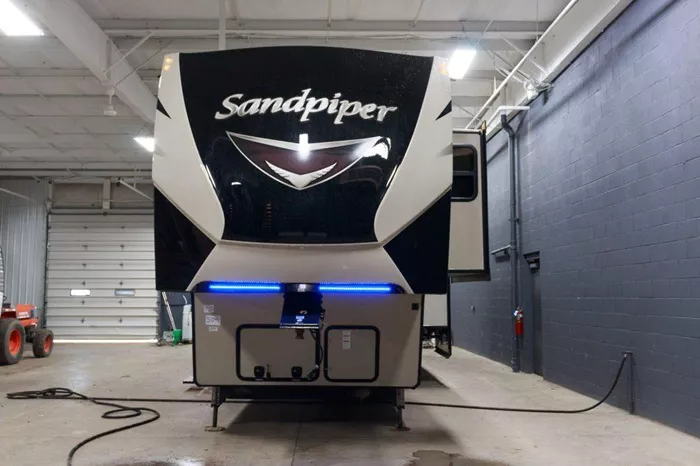Camping is a great way to connect with nature. Many animals live in the wild, and some behave like campers. The sandpiper, a small shorebird, is one of them. But is it really a good camper? Let’s explore its habits and see how they compare to human camping skills.
Who Is the Sandpiper?
Basic Facts About Sandpipers
Sandpipers are small to medium-sized birds. They belong to the family Scolopacidae. There are many types, but most live near water—beaches, marshes, and mudflats. They eat insects, worms, and small crustaceans.
Where Do Sandpipers Live?
Sandpipers are found worldwide. Some species migrate long distances. For example, the ruddy turnstone travels from the Arctic to South America. Others stay in one place year-round.
How Does the Sandpiper Behave Like a Camper?
Choosing the Right Campsite
A good camper picks a safe, resource-rich spot. Sandpipers do the same. They nest near water where food is easy to find. They avoid predators by selecting hidden locations.
Building a Shelter
Campers set up tents. Sandpipers build nests on the ground. They use grass, leaves, and twigs. Some even dig shallow holes. Their nests are simple but effective.
Foraging for Food
A skilled camper knows how to find food in the wild. Sandpipers are experts. They probe mud with their beaks to catch worms and small sea creatures. They also eat insects and seeds.
Staying Alert
Good campers watch for danger. Sandpipers are always cautious. They have sharp eyes and quick reflexes. If a predator comes, they fly away or pretend to be injured to lead threats away from their nest.
Traveling Light
Campers pack only what they need. Sandpipers are lightweight and fast. They don’t carry extra weight, making migration easier.
Where the Sandpiper Fails as a Camper
Leaving Traces Behind
Responsible campers leave no trash. But sandpipers leave droppings and scattered shells. This isn’t harmful in nature, but it’s not as clean as human best practices.
Not Storing Food Properly
Campers store food to avoid attracting animals. Sandpipers don’t store food at all. They eat what they find immediately.
Short-Term Thinking
Campers plan for days or weeks. Sandpipers live moment to moment. They don’t prepare for winter—they just migrate when it gets cold.
Lessons Campers Can Learn from Sandpipers
Adaptability
Sandpipers thrive in different environments. Campers should also learn to adapt—whether it’s rain, wind, or rough terrain.
Efficiency
Sandpipers don’t waste energy. Campers should pack smart, move efficiently, and avoid unnecessary gear.
Awareness
Sandpipers are always alert. Campers should also watch for wildlife, weather changes, and hazards.
Conclusion
The sandpiper is a natural camper in many ways. It finds food, builds shelter, and stays safe. But it doesn’t follow human camping ethics like cleaning up or storing food. Still, we can learn from its survival skills. Next time you camp, think like a sandpiper—be quick, adaptable, and always aware of your surroundings.
Would you like to know more about other animals that camp like humans? Let us know in the comments!
Related topics:
Is Grand Design a Good Camper? A Detailed Review

